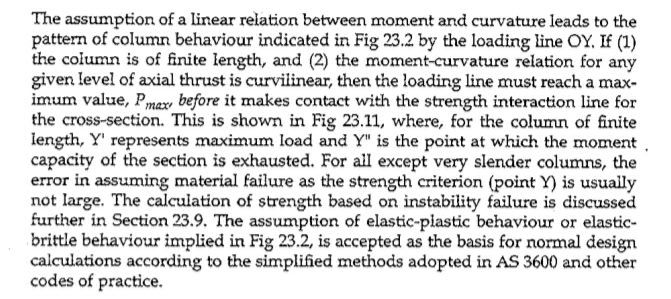Hello, when calculating the radius of gyration (for moment magnifiers based on KL/r) for a non-composite steel and concrete circular section would you use the hollow steel section's 'r' value? If so, why? Can you provide me some code or AISC reference for this?
When researching this, Table 4-13 of the AISC 14th edition shows a composite section radius of gyration to be equal to the hollow HSS sections 'r'. Unfortunately there's no non-composite circular section 'r' value given in these tables. Any help is appreciated.
When researching this, Table 4-13 of the AISC 14th edition shows a composite section radius of gyration to be equal to the hollow HSS sections 'r'. Unfortunately there's no non-composite circular section 'r' value given in these tables. Any help is appreciated.



